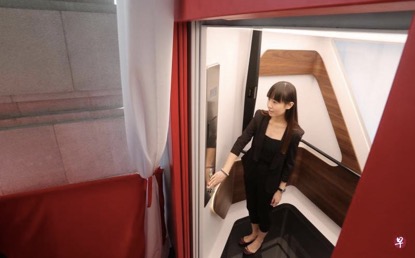About Fiberglass Manufacturer in Bangladesh
We supplying fiberglass to Bangladesh market, we are an export manufacturer specializing in scientific research, production, sales and customization of deep processing and finishing of all kinds of glass fiber materials. We have a completer range of products, from very thin to very thick plates and bars from thin to thick also, which meet various of customers requirement.
Fiberglass is an inorganic non metallic material with excellent properties. It is made of quartz sand, limestone, and dolomite through, high temperature melting, wire drawing, winding and weaving.
Nowadays, glass fiber and its composites have been widely used in many fields, for example aerospace, transportation, electronics and appliances, building materials, energy conservation and environmental protection, infrastructure, sports and leisure, it becomes a new replacement of traditional material like steel, wood and stone. What a amazing fiberglass
Why it becomes popular?
High temperature resistance.
It is tested that in high temperature 300 degree, there is no effect on the strength of glass fiber.
High tensile strength
In normal situation the tensile strength of glass fiber is 6.3-6.9 g/D, in wet state it is 5.4-5.8 g/D.
Good electrical insulation
It is a high quality electrical insulation material, it is also used as thermal insulation material and fire shielding material.
Does not burn easily.
Glass fiber will melt into glass beads at high temperature, which meets the requirement of fire prevention and control in the construction industry.
Good sound insulation.
The combination of glass fiber and gypsum leads to good sound insulation effect.
It is cheap.
Cost control is a very important factor in many industry, people like products with good quality low price.
If you have any questions, do not hesitate to contact with us, our engineer will reply you within 24 hours.




